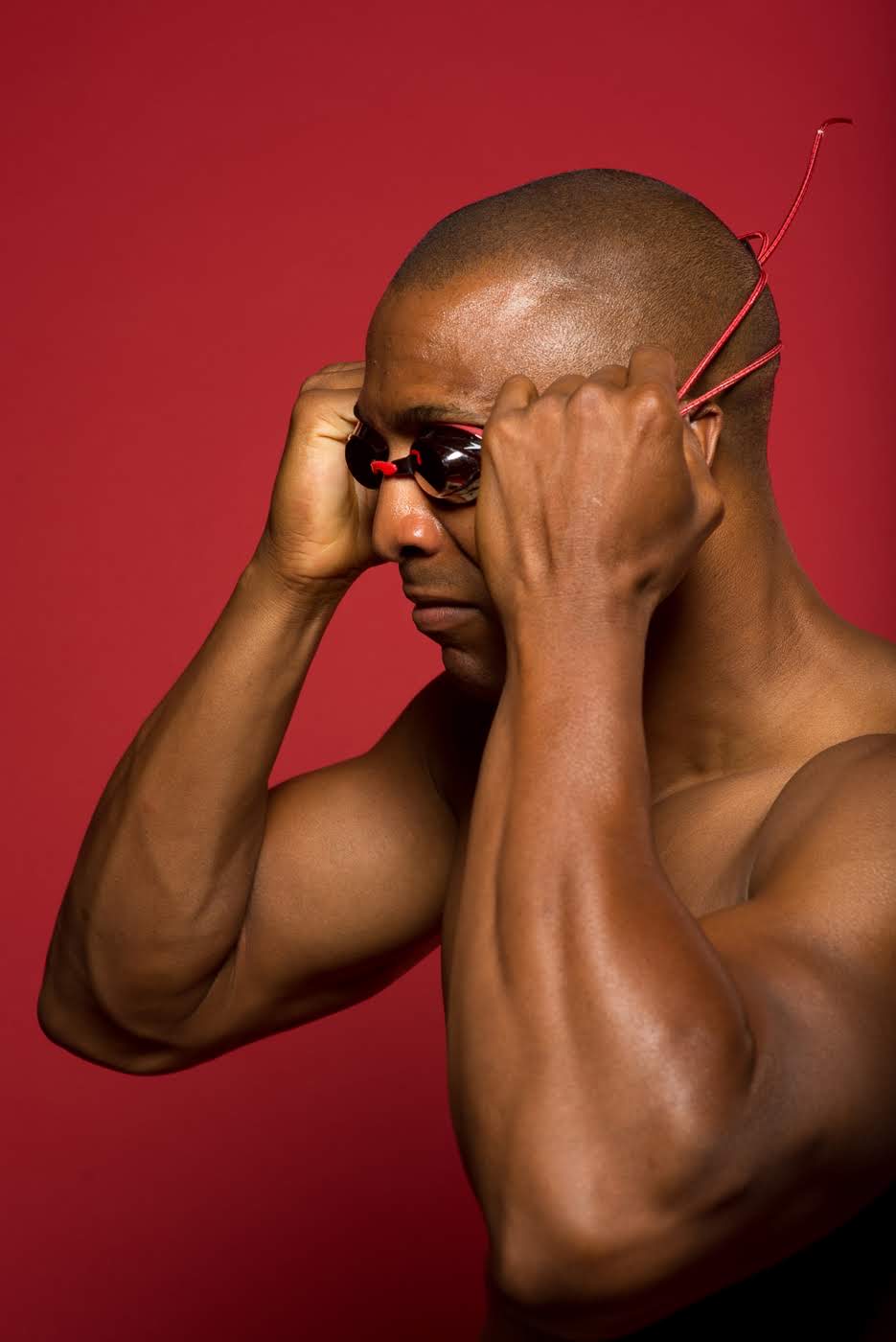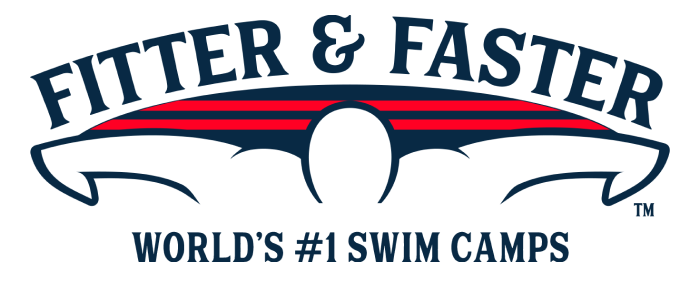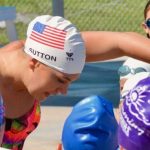Tampa, FL Swim Camp Series For Ages 9 to 11
New Tampa Family YMCA
16221 Compton Dr,
Tampa,
FL 33647
- days
- hours
- minutes
- seconds
Introduction
Fitter & Faster is producing a series of two-day swim camps for competitive swimmers ages 9 to 11 in Tampa, Florida, during 2025! Click here for the swim camp page for ages 12 & over.
TAMPA, FL SWIM CAMP SERIES (Ages 9 to 11)
-> Comprehensive Breaststroke Racing Swim Camp (August 30 & 31, 2025)
-> Comprehensive Butterfly Racing Swim Camp (October 4 & 5, 2025)
Click the “Curriculum Menu” below for details about each Swim Camp!
-> Availability in each session is limited to 24 participants to ensure the highest level learning experience.
-> SAVE when you purchase an "Entire Camp Bundle” for your swimmer.
Select a curriculum below
COMPREHENSIVE BREASTSTROKE RACING SWIM CAMP: August 30 & August 31, 2025
At the highest level of swimming, breaststroke has the most varied technique. Out of the eight finalists at the Olympic Games, you might see eight different styles of breaststroke! A swimmer's timing and ability to eliminate resistance are hallmarks of an efficient and powerful breaststroker. No matter your swimmer’s level, this 2-day camp will strengthen their technique, as well as their racing and training skills, which will lead to faster and more efficient breaststroke races…and faster IMs! This swim camp will be led by Elite Clinician Atiba Wade!
- DAY 1 (Saturday, August 30): BREASTSTROKE TECHNIQUE: We want your swimmer to establish a well-timed breaststroke. Today, we will practice various drills and skills that will enable your swimmer to have flowing hips, a powerful kick, and a long, flowing stroke.
- Bodyline: A breaststroke race is going to be fastest with a proper bodyline. Even the slightest adjustment of the chin, neck, and/or back can make a huge difference. Elite breaststrokers focus on minimizing drag by “catching water” on their hands and feet as quickly as possible, so they can shoot back into a “straight bodyline” where they can glide at top speed.
- Kick: The kick creates a lot of the power in breaststroke. Swimmers need to keep their knees high in the water and snap their feet quickly around and back to create a powerful kick. Our clinicians will work with participants to strengthen their kick for the ultimate propulsion forward!
- Pull: The name of the game in breaststroke is to create as much propulsion as possible in the pull while minimizing resistance…and then quickly getting back into a straight bodyline to establish a high-speed glide. Participants at this session will focus on setting up a proper "catch" and keeping their hands and elbows high on the water throughout the entire pull. The techniques your swimmer will practice will minimize resistance and enable them to maintain forward momentum for the fastest breaststroke.
- Timing: Fast, flowing breaststroke is the result of proper timing between a swimmer’s hands and feet. Establishing proper timing in your swimmer’s breaststroke will allow for more fluidity, power, and speed. Participants in this session will learn how elite swimmers time their breaststroke for ultimate efficiency and the fastest races.
- DAY 2 (Sunday, August 31): BREASTSTROKE RACING TRAINING AND SKILLS: On the first day of this camp, swimmers worked on techniques to implement an efficient breaststroke. On Day 2, we will work on applying speed to their breaststroke! Our objective is to get your swimmer to maintain their technique with distance per stroke, tempo, and flowing speed.
- Tempo: Tempo in breaststroke is the rate at which a swimmer can get back into the proper bodyline to establish a high-speed glide. When swimming breaststroke races, many athletes tend to take too many strokes without ever getting into the proper bodyline. At this session, we will explore different tempos that are sustainable for any distance, and allow for the proper glide between strokes.
- Distance Per Stroke: One way to increase efficiency is to take fewer strokes. Counting the number of strokes a swimmer takes per lap, while improving technique to decrease that number, will enable them to be more efficient and even conserve energy. At this session, participants will discover how changing speeds might change their stroke count, but should not change the effectiveness of each stroke.
- Pacing: A breaststroker’s pace is going to change during a race and from distance to distance. When swimming breaststroke, your swimmer can learn to measure their pace using tempo and distance per stroke. At this session, we will practice race strategy pacing for all breaststroke events.
- Breaststroke Pullouts: The breaststroke pullout is an important and unique part of every breaststroke race. We will work with participants on minimizing resistance in their pull-outs and establishing maximum speed. The pullout can be used strategically, depending on the distance of the race, to cover more ground before breaking out.
- Training Breaststroke: At the end of this session, your swimmer will do a short and fast swim set to practice everything they have learned over the past two days.
COMPREHENSIVE BUTTERFLY RACING SWIM CAMP: October 4 & October 5, 2025
At the highest level of swimming, butterfly is the second-fastest stroke and beautiful to watch because of its rhythmic and powerful strokes. There are some complexities to establishing a smooth, rhythmic fly, but with practice and attention to detail, your swimmer can master the stroke and begin swimming it for longer distances and at very fast speeds! No matter your swimmer’s level, this 2-day camp will strengthen their butterfly technique, as well as their racing and training skills, which will lead to faster and more efficient butterfly races!
- DAY 1 (Saturday, October 4): BUTTERFLY TECHNIQUE: We want your swimmer to establish a rhythmic butterfly. Today, we will practice various drills and skills that will enable your swimmer to have flowing hips and a long, more powerful butterfly stroke.
- Bodyline: A butterfly race is going to be fastest with a proper bodyline. Even the slightest adjustment of the chin, neck, and/or back can make a huge difference. As swimmers mature in the sport and grow physically, their body position shifts and bad habits can emerge. Participants will learn and practice proper posture and core engagement to have a strong foundation for better technique, creating a full-body connection for more hydrodynamic and efficient butterfly strokes.
- Kick: Each butterfly stroke has two kicks to propel the swimmer towards the other end of the pool! If the kicks are properly timed and equally strong, they can positively impact your swimmer’s efficiency and stroke timing! Your swimmer will work on how and when to kick in butterfly for maximum speed.
- Pull: Long and smooth strokes allow swimmers to have a more efficient and fluid butterfly. The pull in butterfly keeps a swimmer accelerating forward. Your clinicians will work with participants to establish an early vertical forearm, “the catch”, enabling the swimmers to put immediate pressure back on the water. Properly completing the stroke keeps the swimmer moving forward efficiently and fast.
- Breath: The timing of the breath in butterfly has a direct relationship on a swimmer’s body position, pull, kick, and TIMES! At this camp, we will work with participants on breathing with their chin low to the water...and WHEN to breathe in their stroke cycle, so that they develop the most efficient stroke possible!
- DAY 2 (Sunday, October 5): BUTTERFLY RACING AND TRAINING SKILLS: On the first day of this camp, swimmers worked on skills to implement a solid, efficient butterfly stroke. On Day 2, we will work on racing skills and apply speed to their butterfly. Your swimmer's elite clinicians will work with participants on maintaining their technique by developing proper distance per stroke, appropriate race tempo, and training for a faster and stronger butterfly.
- Stroke Length: Lengthening your swimmer’s butterfly stroke will enable them to “catch” and hold onto more water to propel them as they swim. In butterfly, it is particularly important to establish a “rhythmic flow”. We will teach participants how to stay long and avoid a short butterfly stroke that is inefficient and not sustainable for very long. The clinicians will work with participants on this important skill for swimming fast butterfly.
- Tempo: Tempo in butterfly is the rate at which a swimmer is moving their arms and hips. When swimming butterfly races, many athletes tend to take too many short strokes (“spin their wheels”) and not “hold onto the water”. At this session, we will explore different tempos that are sustainable for any distance your swimmer is racing.
- Powerful Underwater Dolphin Kicking: There are a few different techniques that swimmers use when underwater dolphin kicking. The common theme of these techniques is that the best swimmers kick up and down with equal power. We will show your swimmer the different techniques that elite swimmers use and teach them how to implement.
- Speed Set: At the end of this session, your swimmer will do a short and fast swim set to practice everything they have learned over the past two days.
SESSION START TIMES:
- Check in 9:30 AM, Camp 9:45-12:15 PM
ASK QUESTIONS
Swimmers and parents are invited to ask the clinicians questions during a Q&A session. Gain insight into their training regimen, diet and nutrition, and recovery tactics.
WATCH THE CLINICIANS
Observe clinicians swim at full speed and demonstrate a progression of perfectly executed drills to achieve powerful, efficient, and fast swimming.
PUT YOUR SKILLS TO THE TEST
Throughout the camp, swimmers will practice what they've learned with some of the world's most elite Swimmer Clinicians and coaches!
Take a photo, get autographs, and chat with your clinicians!

Atiba Wade
Atiba Wade is a strength and conditioning coach who creates programs designed for swimmer specific and athletically focused exercises that meet the demands of a competitive aquatic environment. Atiba was also a 2x Olympic Trials Qualifier and a University of Georgia All American Swimmer! Sign up for a clinic with Atiba and improve your fitness and swimming technique while challenging yourself and having fun!

Elite Clinician
Fitter and Faster clinicians are Olympians and National Team members who have achieved at the highest level of the sport of swimming... and who have the unique skill to teach what they know from a technical perspective to swimmers of all ages and abilities.
Inquisitive, Educated Swimmers are Faster Swimmers! Sign up today!








